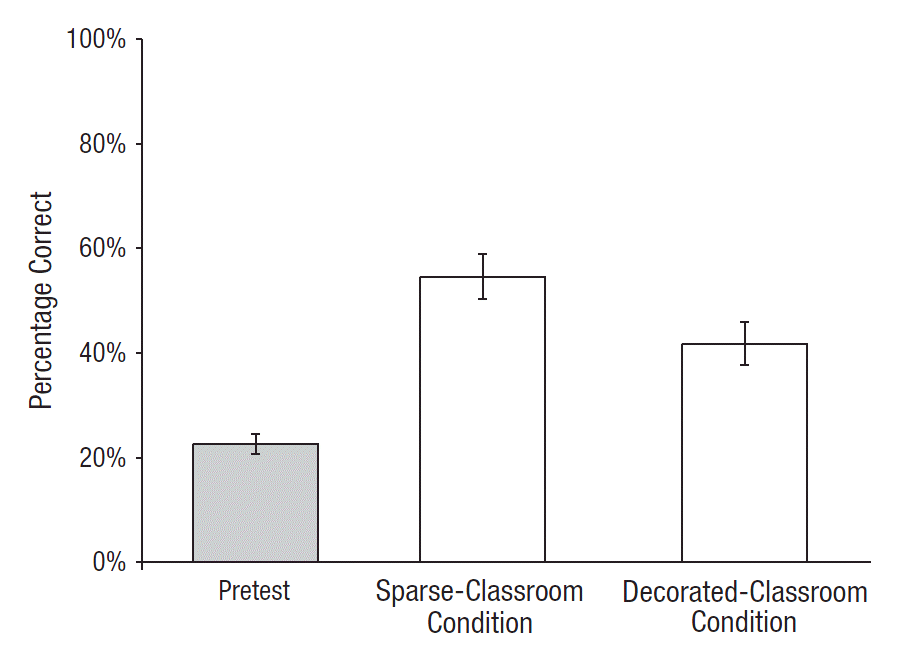
1. What is behaviour? How are behaviours and the environment related?
2. What is the scientific study of learning?
3. What is behaviour modification, and what is applied behaviour analysis?
4. Describe the historical basis of the study of behaviour.
5. What are some milestone events in the history of behaviourism?
6. List some areas of application of behaviour modification.
How can behaviour modification procedures decrease drunk driving?
(Winsten, 2000)
- in 1988, the Harvard School of Public Health started the Harvard Alcohol Project (HAP), a campaign to promote the new social concept of the “__________ driver”
- designated driver: someone who abstains from alcohol, and drives other people home who have been drinking
- HAP lobbied TV networks to promote the concept
- characters on Cheers, The Cosby Show, and L.A. Law were designated drivers
- over 160 prime-time TV episodes from 1988-1992 included designated drivers
- results:
• by 1991, 37% of Americans had served as a designated driver (rising to 53% by 1998)
• alcohol-related traffic __________ in the U.S. dropped from 23,626 in 1988 to 17,858 in 1992 (also contributing: publicity, new laws, and strict enforcement)
- another campaign modeled recycling on TV in the 1990s
- these are examples of ________ _______ in everyday life
Behaviour is a simple action that can be:
- _____: objectively measurable
e.g., verbal (using language), or motor (using the body)
- ______: not observable by others (may only be inferred from overt behaviours); also called “private events”
e.g., thoughts and feelings
Target behaviour is the behaviour to be modified.
Response: one instance or occurrence of a behaviour
Response _____: a group of responses with the same function; that is, each response in the group produces the same effect on the environment (the same consequences)
e.g., you could drink 1 cup of water from a glass, you could drink it from a bottle, or you could drink it from a coconut using a straw
__________: the collection of all behaviours a person can perform
Behaviour is not:
- interpretive descriptions of a personality trait
e.g., honest, introverted
- diagnostic _____
e.g., depression, bipolar disorder
- ________ of behaviour
e.g., losing weight
____ ___ Test (Ogden Lindsley, 1965):
“If a dead man can do it, then it ain’t behavior, and if a dead man can’t do it, then it is behavior”
Behaviours and the environment can interact:
- the environment can lead to certain behaviours
- behaviours can affect one’s environment
- environmental ____________ of a behaviour can affect subsequent behaviours
How do cluttered classrooms affect students?
(Fisher et al., 2014)
- participants were 24 kindergarten students
- ___________ variable: research laboratory modified to look like a classroom
a) decorated-classroom condition
b) sparse-classroom condition
- children participated in six science lessons over a 2-week period
- results:
• off-task behaviour: children were __________ 38.6% of time in the decorated classroom vs. 28.4% in the sparse classroom
• learning: test scores were lower in decorated classroom (42%) vs. sparse classroom (55%)
- conclusions: decorated classrooms produce more off-task behaviour, and decreased ________
- similar results found by Hanley et al. (2017)
Psychology, in general, is the scientific study of human behaviour (and mental processing). It has three aspects:
• ___________: conceptual thinking, done at a computer, at a desk, in an office
• experimental: basic research, often with animals in a lab
• _______: practical research and treatments to solve a problem, usually on people, in the real world
The scientific study of learning also has three branches:
• ____________: philosophy of the science of behaviour
• experimental analysis of behaviour (EAB; or behaviour analysis): basic scientific research on the functional relationship between environmental events and resulting behaviour
• behaviour modification (“_____”): the application of experimentally derived laws of learning to human behaviour (Kearney, 2015), and providing behavior analytic services to consumers
Definition:
• includes analyzing the relationship between environment and behaviour
• and changing the environment to help people modify their behaviour
• these are applied to reach the goal of _________ people’s lives
Characteristics:
• typically defines problems in terms of __________ behaviours
e.g., problem: a child chats to others every class
• likewise, solutions are evaluated in terms of those same behaviours
e.g., after behaviour modification, the child does not chat in class
• treatments work by affecting an individual’s environment, comprised of _______: things perceptible in one’s immediate environment
e.g., if the child does not talk in class, they get a gold star
• all aspects are _______ specifically, and in detail (including stimuli and behaviours)
• can be applied by non-professionals
e.g., teachers, trainers, parents, and you
• based on the scientific study of learning, and the two kinds of ____________ (operant and respondent)
• emphasizes scientific evidence in evaluating the effectiveness of an intervention
• does not rely on hypothetical __________: theoretical concept that mediate behaviour
e.g., personality traits, like introversion/extraversion
• places high importance on ______________ for everyone experiencing, administering, and overseeing treatment programs
Myths and misconceptions about behaviour modification (▸ and rebuttals):
• using rewards is _______
▸ our behaviours persist because they are reinforced, whether we realize it or not
• ignores the root causes of behaviour and just treats the ________
▸ antecedent causes are important; further root causes cannot always be determined anyway
• does not deal with thoughts or feelings--just behaviours
▸ b-mod can be applied to cognitions or affect
• can be applied to simple problems (e.g., toilet training), but not to complex ones (e.g., low self-esteem)
▸ works with all kinds of problem behaviours--even psychological disorders
• makes people dependent on external __________; ruins intrinsic motivation
▸ well-designed programs ensure maintenance of behaviour
• it only works on children or those with disabilities
▸ correctly implemented programs can be applied to anyone
• is ________
▸ has gained new relevance in helping those with autism
• treatment methods are ____________, like those in A Clockwork Orange
▸ there are strict ethical controls to prevent abuse
Applied behaviour analysis (ABA): using knowledge about human behaviour to reduce socially undesirable behaviours and/or increase desirable ones
• some consider behaviour modification to be __________ to applied behaviour analysis
• others consider the term “ABA” a replacement for the term “behaviour modification”
• still others see b-mod as a ______ category that includes:
- ABA (which is seen as applying only principles of operant conditioning)
- application of respondent (Pavlovian) conditioning
- behaviour therapy, and _________ behaviour therapy (treatment carried out on dysfunctional or maladaptive behaviour and thinking)
Psychology in the 19th century: the scientific study of _________ experience
e.g., introspection of the conscious experience of tasting lemonade
Criticisms: introspection is unreliable, invalid, and not objective
Psychology in the 20th century: the science of observable _________
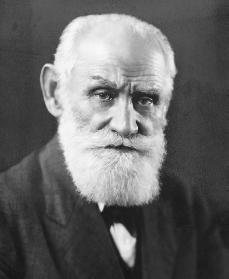 |
Ivan Pavlov (b.1849-d.1936): Conditioned Reflexes (1927) - __________ behaviours are involuntary; elicited by stimuli that precede them - stimulus and response form a reflex - S-R psychology: focused on how environmental events and stimuli (S) affect responses (R) |
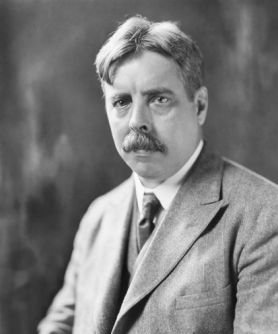 |
E.L. Thorndike (b.1874-d.1949): - described the Law of ______: a behaviour that has a favourable outcome is more likely to occur again in that situation in the future (1911) e.g., a cat placed in a “puzzle box” would discover how to open it and get food, and gradually would improve this behaviour - discussed how an animal can “modify its behavior” (chapter V), but did not coin the term behaviour modification |
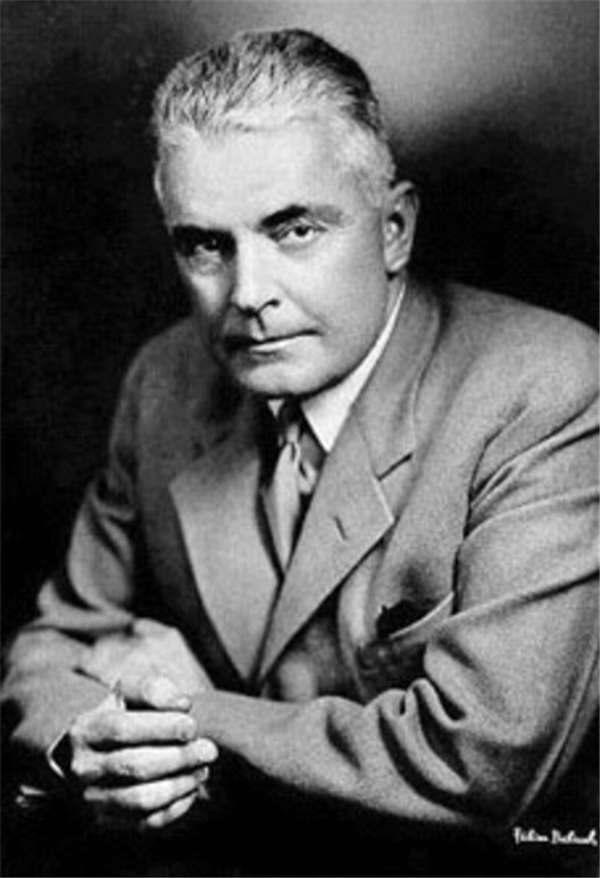 |
J.B. Watson (b.1878-d.1958): - founded behaviourism - developed ______________ behaviourism: the study of behaviour alone--not of any internal, mental state or event (1913) - rationale: mental events cannot be objectively observed or studied - proposed that most human activities were learned ______ - S-R model |
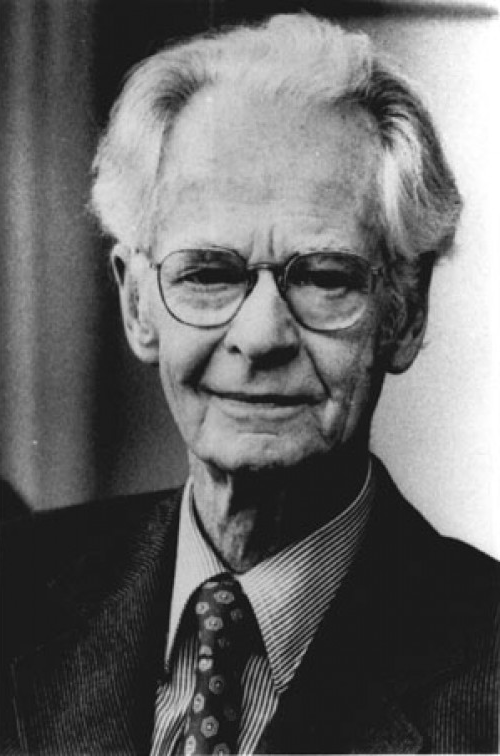 |
B.F. Skinner (b.1904-d.1990): - awarded 1969 US National Medal of Science - _______ behaviourism: Skinner’s philosophy on the science of behaviour (1938; 1953; 1974) • goal is to understand and explain all behaviour • this includes “_______ ______” that occur “inside the skin” (e.g., thoughts and feelings): ▸ are behaviours; have no special properties ▸ different from “public” behaviours only in that they are not directly accessible to others ▸ influenced by the same kinds of variables as publicly accessible behaviours - S-R-S model (a.k.a. _____-____ contingency, or ABCs of behaviour): • Antecedent Stimulus produces... • Behaviour (or Response) which in turn produces... • Consequence (also a Stimulus or event): reinforcement or punishment
|
Important events include:
• Behaviour Research and Therapy journal began publication in 1963
• Case Studies in Behavior Modification (Ullman & Krasner, 1965)
- first ____ with “behavior modification” in title
• Journal of Applied Behavior Analysis began in 1968
- first scientific _______ specifically for ABA
- outlet for researchers to publish their findings
• The Association for Behavior Analysis founded in 1974
- now called Association for Behavior Analysis International
- has over 6,500 members
• autism and intellectual/_____________ disabilities
- autism spectrum disorders (ASDs)
- intellectual disability
• ________ behaviour analysis/cognitive behaviour therapies
- eating disorders, anxiety, sleep disturbance, etc.
- psychological disorders
• environmental sustainability
- improve sustainable practices and behaviours
• parenting and parent/child relationships
- enuresis (___-_______)
- oppositional behaviour
• medical care
- treatment compliance
- brain injury rehabilitation
• health
- promoting healthy living
- ___________ medicine (integrates medical and behavioural sciences)
• education
- classroom behaviour management
- programmed instruction (i.e., teaching machines)
• sport psychology
- ________
- applied sport psychology: to enhance athletic performance
• __________ settings
- increase productivity and safety via organizational behaviour management
• ____-__________
- applying b-mod to change your own behaviour